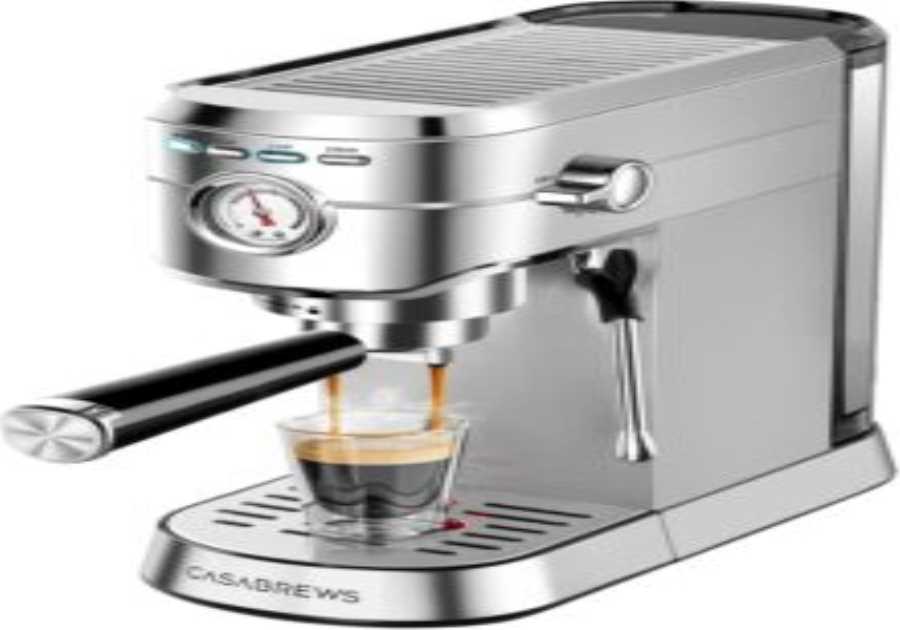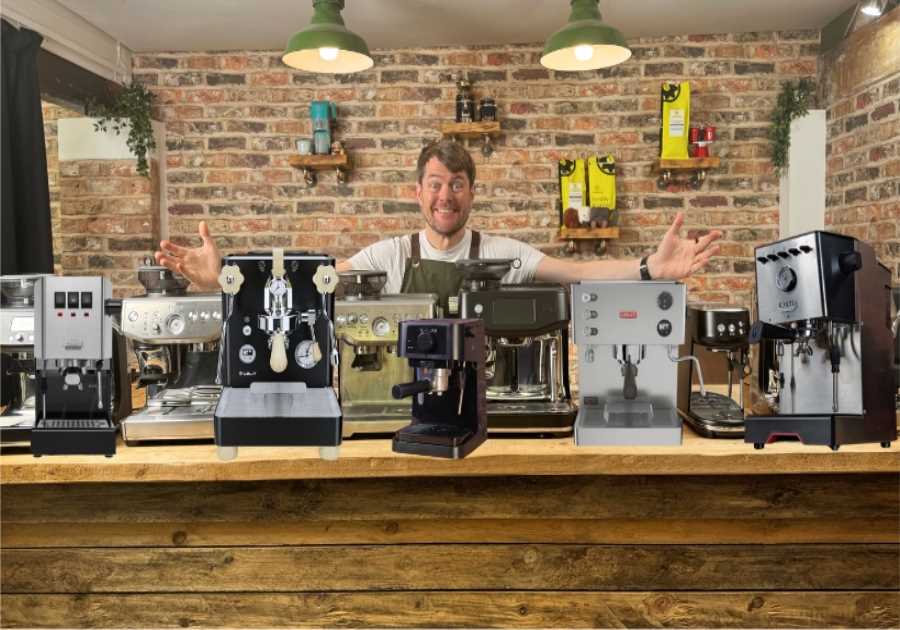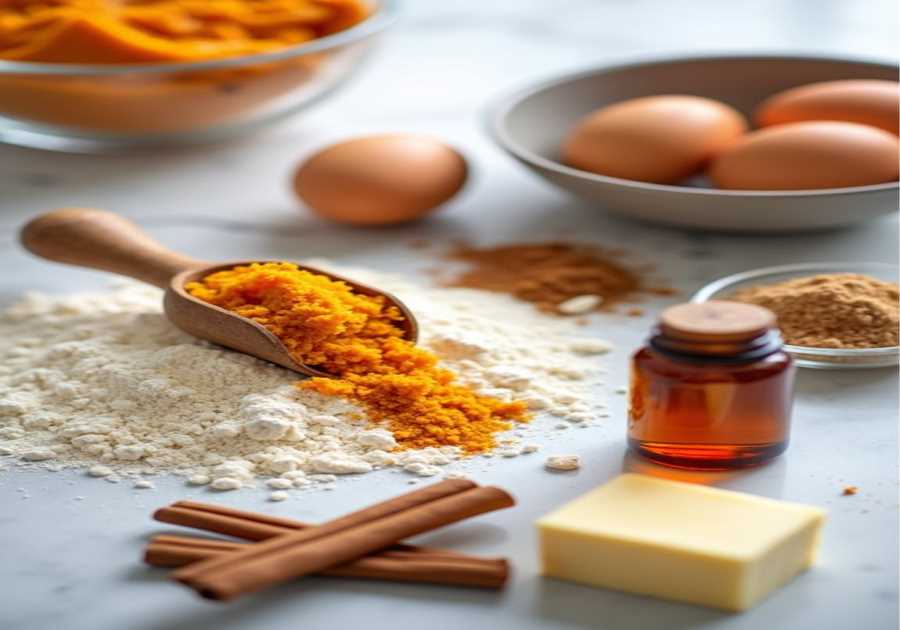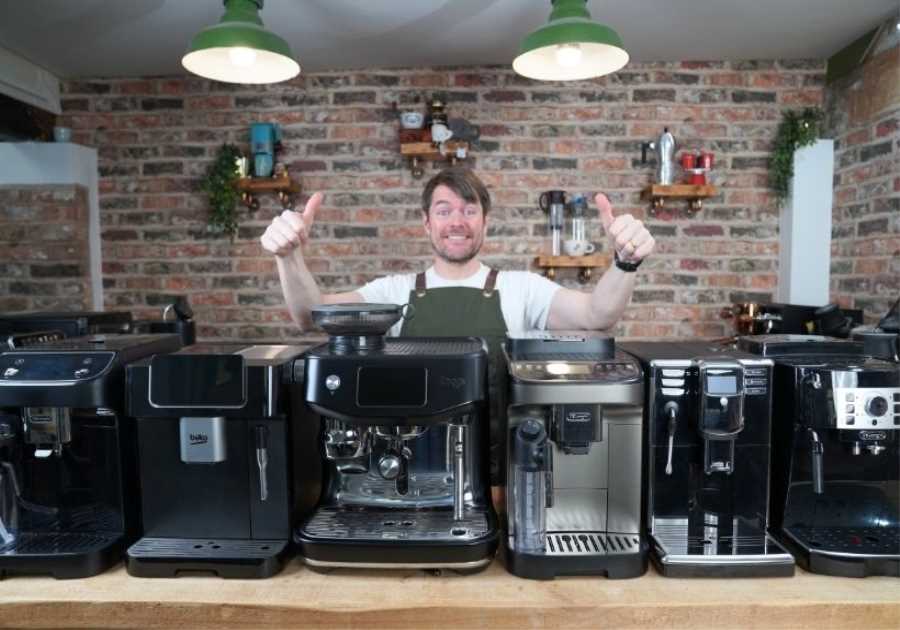In coffee shops around the world, cold brew is one of the most popular beverages. According to Technavio, by 2027, the value of the global cold brew market will increase by almost US $440 million.
If a coffee business owner wants to cater to a wide range of consumers, serving a variety of cold coffee drinks is essential. As part of this, there has been an increasing focus on preparing cold brew with higher-quality coffee, as well as using single origin coffees to create new sensory experiences.
However, alongside this, coffee shops still need to make sure that their cold brew offerings are profitable. So what are some of the ways they can do this?
To find out, I spoke to two industry professionals. Read on to find out what they had to say.
You may also like our article on how coffee shops can use coffee concentrate.
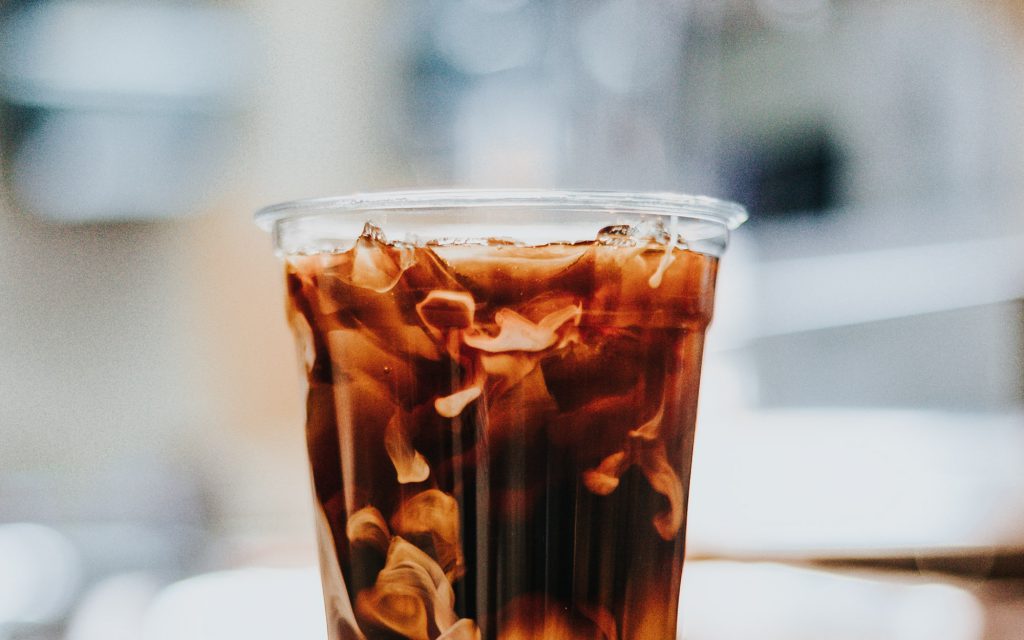
Why is cold brew so popular?
In recent years, cold brew has become a staple on many coffee shop menus around the world. Following a period of explosive growth, it also doesn’t appear to be slowing down any time soon.
Research from QSR Magazine found that between April 2021 and April 2022, orders of cold brew at quick-service restaurants alone increased by 27% in the US. Alongside this, research continues to suggest that more people are starting to drink cold brew at any time of the day.
Danny Pang is the Asia-Pacific Sales and Technical Manager at Marco Beverage Systems. He has almost twenty years’ experience in the coffee industry, and as well as being a Q grader, has judged two national competitions.
He tells me that the rapid growth of the cold brew market started more than five years ago.
“The rise in consumption of cold coffee without the addition of milk or sugar came about from growing interest in single origin coffees,” he says. “With these coffees, it is easier to pick out more nuanced flavours, which younger consumers in particular enjoy.”
Popularity among certain demographics
It’s fair to say that cold brew is especially popular among younger generations – including millennials and Gen Z. In fact, in 2018, Gen Z’s most frequently purchased drinks were cold brew and ready-to-drink (RTD) coffee products.
Dale Harris is the COO UK of Ozone Coffee Roasters. He is also the 2017 World Barista Champion.
“Cold brew is accessible to a much wider range of demographics,” he tells me. “This is especially true for newer and younger coffee drinkers who are looking for more than a vanilla latte, which may not quite cut it as an exciting entry point to specialty coffee anymore.
“Cold brew is one of the fastest-growing coffee segments,” he adds. “In warmer months, it’s a core product in many coffee shops, which can help to offset the decline in sales of hot coffee purchases – although I think cold brew should be served all year-round.”

How do coffee shops make cold brew?
There are a number of ways that coffee businesses can prepare cold brew – with each method having its own unique impact on the overall sensory experience.
Different brewing methods
Traditionally, to make cold brew, ground coffee is added to water, and then steeped at room temperature or below from anywhere between eight and 24 hours. This is known as immersion brewing, which results in a fuller-bodied cold brew with more sweetness, as well as minimal acidity and bitterness.
This brewing method can also be used to create a coffee concentrate – which can be a versatile ingredient in many beverages, including cold brew.
Other brewing techniques include flash brew and Kyoto ice drip (also known as ice drip brewing). Although these brew methods don’t result in traditional-style cold brew, they both produce cold coffee beverages which are somewhat similar to it.
While the former involves brewing hot coffee over ice for several minutes, the former is when cold water is dripped over ground coffee for hours at a time.
Although there is a significant difference in brew time between the two methods, both flash brew and Kyoto ice drip result in cleaner-tasting cold coffee with more acidity and fruity flavours.
What about cold brew equipment?
Alongside different brewing methods, coffee shops can use a range of equipment to prepare cold brew.
No matter their preferred cold brew setups, it’s essential that coffee shops have a high-quality grinder and sufficient storage space.
Dale explains that for more simple immersion brewing methods, coffee shops can purchase large containers to store cold brew while it steeps.
“If you’re looking to prepare and serve larger quantities of cold brew, bear in mind that the extensive brewing times, as well as the space that the equipment takes up, will have a big impact – especially on smaller coffee shops,” he says. “There are also some health and safety measures to consider, too.”
To combat these issues, Danny tells me Marco developed its new ColdBRU system, which can prepare cold brew in three hours.
“The traditional immersion brewing method can be messy and laborious,” he says. “Furthermore, the longer that cold brew remains in ambient temperatures, the more oxidisation will occur, which causes its flavours and aromas to deteriorate.”
Danny explains that Marco’s ColdBRU system relies on percolation brewing rather than immersion. This means that water passes through the ground coffee, rather than fully immersing the grounds.
“The user needs to grind the coffee to a specific grind size, place the grounds in the optimised brew basket, and set the brew time and the total volume of water needed to achieve the desired concentration,” he says.
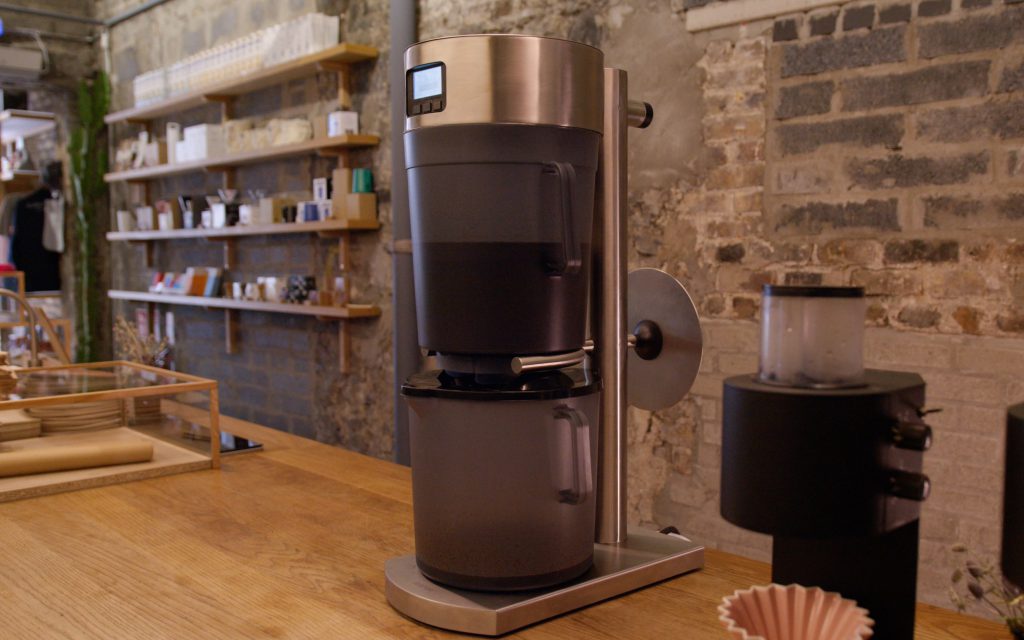
Calculating the costs of serving cold brew
For coffee businesses to better understand the costs of making cold brew, Danny recommends splitting them into three separate categories: equipment, labour, and the coffee itself.
Equipment
Firstly, Danny uses the example of investing in equipment to serve espresso-based drinks compared to cold brew.
“In order to serve espresso, as well as espresso-based drinks such as long blacks or flat whites, the cost of equipment can add up quickly,” he says.
Espresso machines and grinders for espresso are both essential pieces of equipment for any coffee shop. However, they often cost thousands – requiring substantial upfront investment. The price of equipment to prepare between 100 and 200 orders of cold brew per day, meanwhile, is significantly lower.
Moreover, Danny mentions that because cold brew equipment is less complex and intricate than espresso machines, maintenance and cleaning are more straightforward and cost effective.
Labour
Danny tells me that labour costs are often lower for cold brew than they are for espresso.
“In more economically developed countries, barista wages can take up a significant amount of a business’ costs,” he tells me. “[Paying baristas a competitive wage] is necessary to ensure beverage consistency and quality.”
However, when it comes to cold brew, labour costs are usually much lower. Danny explains that this is because the overall brewing process is much less “hands on” than when preparing espresso – which requires baristas to constantly pull shots and steam milk.
Furthermore, he explains that with automated cold brew systems like Marco ColdBRU, baristas can free up more of their time to focus on a number of other tasks. These include:
- Customer service
- Stock management
- Training
- Beverage and menu development
Coffee
As with any coffee beverage, the cost of a single drink substantially depends on the amount of coffee used. For instance, Danny explains how the cost per cup can vary when preparing filter coffee.
“The number of filter coffees that you can extract from 1kg of roasted coffee can vary based on the coffee to water ratio that the business uses,” he says. “This ratio can range from 1:10 to 1:17, depending on local consumers’ flavour and mouthfeel preferences.”
Dale mentions that equipment efficiency is also an important consideration – including for cold brew.
“Many inefficient cold brew systems end up using a lot more coffee than standard filter brewing setups,” he explains. “This is because the lower brewing temperature requires a higher level of extraction to balance flavours more.”
However, he adds that automated cold brew systems allow the user to manage variables more efficiently – including controlling yields, brew ratios, and extraction levels. In turn, this can help to bring costs down.
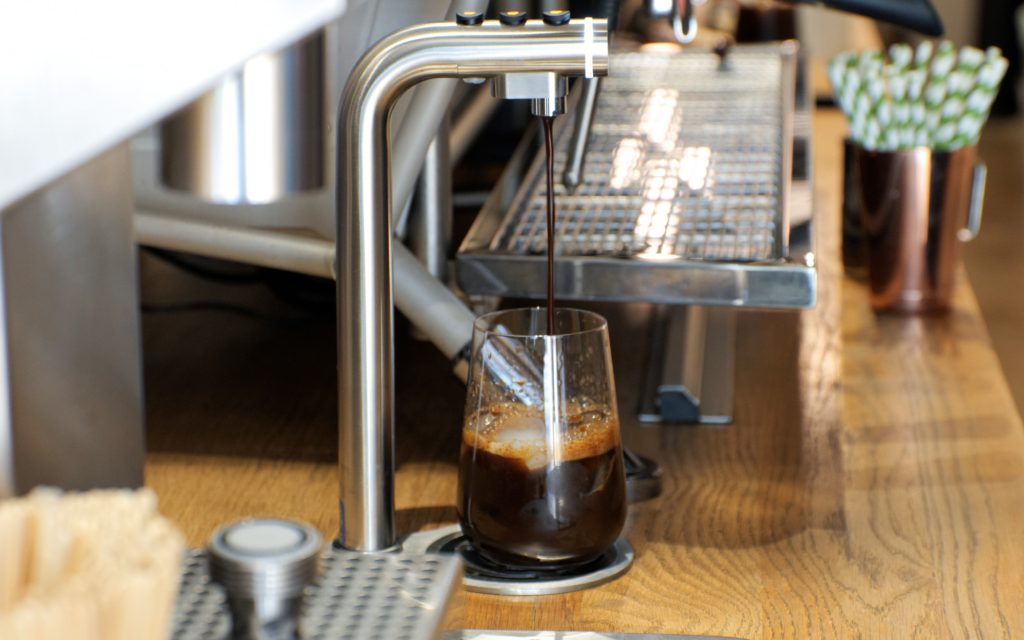
How can coffee shops make cold brew more profitable?
If a coffee business wants to remain successful, it’s imperative that their operations are profitable. As part of this, coffee shops should focus on ensuring that beverage categories are individually profitable – including cold brew.
First and foremost, coffee shops should always be able to serve freshly prepared cold brew at all times. This is especially important during warmer months when demand will naturally increase, so it’s essential that a coffee business keeps a steady supply of cold brew at hand.
However, when preparing cold brew traditionally, the prolonged extraction time and storage space requirements can quickly eat into profits if not managed effectively.
At the same time, coffee business owners need to have a solid understanding of how much cold brew they sell on an average day – otherwise waste will become a significant concern.
Danny explains that the Marco ColdBRU system allows users to prepare custom-sized batches of cold brew, which helps to minimise waste.
“Coffee shops which sell lower volumes of cold brew can prepare it in smaller quantities, which also helps to keep it fresh,” he says. “Eventually, if demand increases, the business can invest in another ColdBRU system to increase their cold brew supply, as they are more affordable than other pieces of coffee equipment.”
Danny also adds that the ColdBRU averages 19% extraction levels and 4% total dissolved solids (TDS). Ultimately, these higher yields mean that coffee shops are able to get the most of their cold brew setup by wasting less coffee, and thereby increasing profit margins.
Furthermore, he explains that Marco’s ColdBRU system doesn’t require filters, which further reduces waste and minimises costs.
Quick and easy beverage dispensing
To improve the efficiency of serving cold brew even further, Dale explains that the Marco ColdBRU can be paired with a beverage dispensing system, like the Marco POUR’D which can serve up to three different kinds of drinks from one font.
“Service can be even more seamless,” he says. “What’s more, we can also serve plant milk-based, flavoured, and other types of drinks from a single font.”
Ultimately, this can help coffee shops to diversify their menu and keep a closer eye on profit margins.
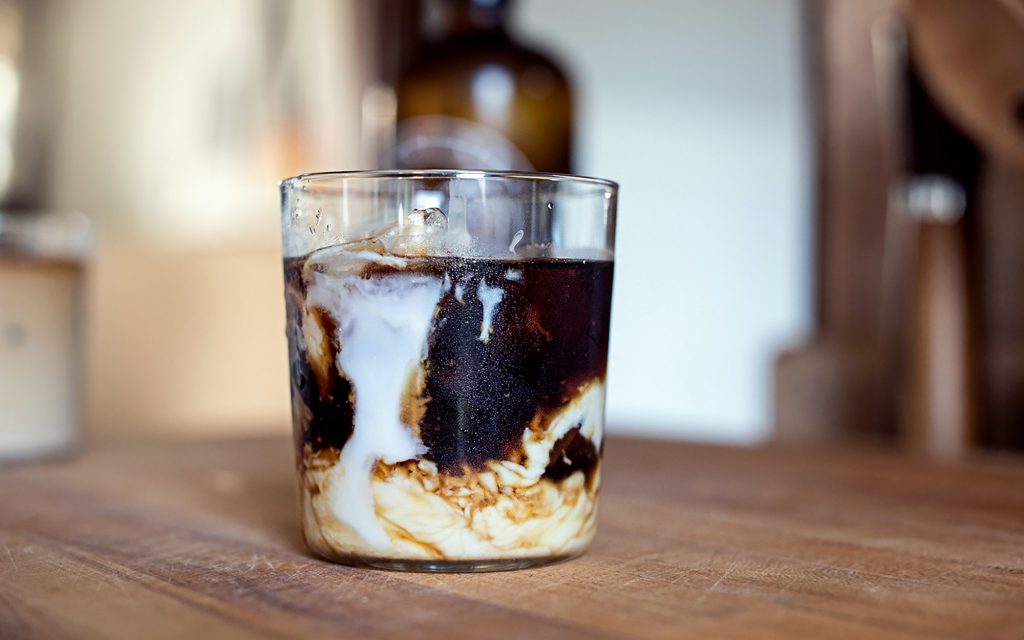
It’s clear that cold brew won’t get less popular any time soon, and coffee shops are likely to keep it on their menus for the years ahead.
However easy it might be to sell, coffee shop owners should still pay attention to how profitable their cold brew setup is. By investing in efficient cold brew equipment, coffee shops can still serve high-quality beverages while keeping costs down.
Enjoyed this? Then read our article on how automation is shaping the coffee industry.
Photo credits: Marco Beverage Systems, Taller Stories
Perfect Daily Grind
Please note: Marco Beverage Systems is a sponsor of Perfect Daily Grind.
Want to read more articles like this? Sign up for our newsletter!
The post How can coffee shops make cold brew more profitable? appeared first on Perfect Daily Grind.
By: Zoe StanleyTitle: How can coffee shops make cold brew more profitable?
Sourced From: perfectdailygrind.com/2023/03/how-can-coffee-shops-make-cold-brew-more-profitable/
Published Date: Tue, 14 Mar 2023 06:21:00 +0000

